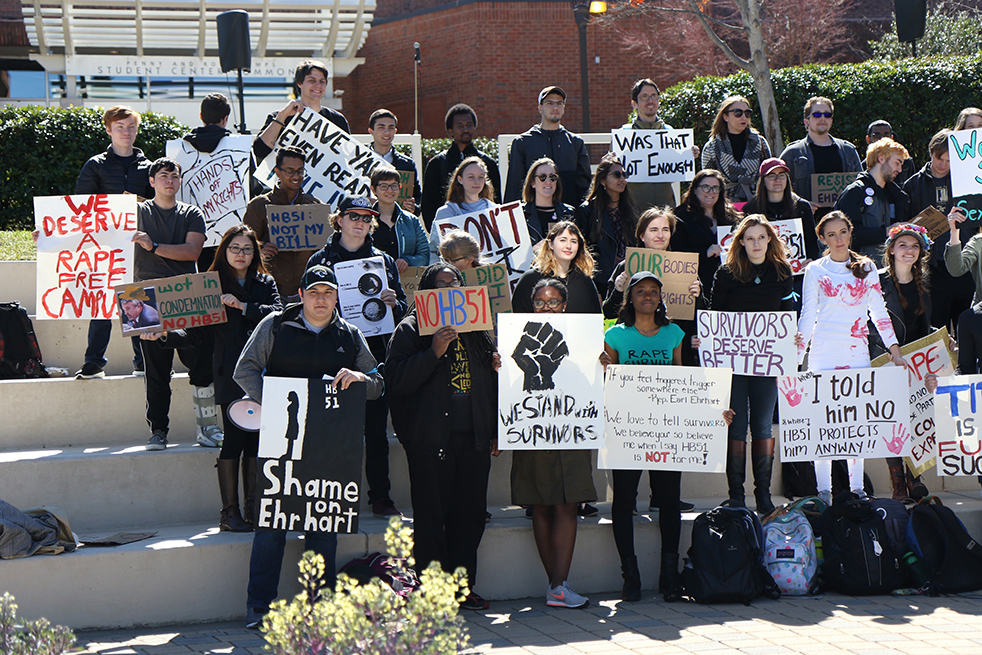
Social media has become a popular platform for activism. Perhaps one of the most powerful uses of social media for a cause has been the recent movement against sexual harassment and assault. Those who have been victims of sexual assault and predatory behavior are writing “#metoo” on their social media platforms.
The movement surpasses similar hashtag activism as, through its simplicity, it highlights not only the ubiquity of the issue, but also its normalization in our culture. For many, it is something that has become ordinary and is often overlooked. Although the campaign has successfully allowed sexual assault and harassment to come to the forefront of our consciousness, it also brings to light the dire need to understand that such incidents are not occasional, but have become embedded in our culture.
In order to take a step towards prevention, we need to focus not only on isolated cases but on how our culture as a whole may allow for such things to happen.
As colleges are sometimes known for a large number of sexual assault cases that occur on their campus, it is important to review resources that are available for victims right now at Tech, such as VOICE, PAUSE and those provided by the Women’s Resource Centre. However, to uplift our culture as a whole and truly prevent sexual assault and harassment, we need to focus on what we can do as individuals.
Understand that it is never the victim’s fault, and the language and discourse that surrounds these issues should reflect that. Harassment is often trivialized; if you see a situation in which someone appears uncomfortable, intervene and challenge those involved. Understand that sexual harassment and assault may occur anywhere. Fostering an environment of acceptance, and shifting the blame to the perpetrators is the first step to prevention.
